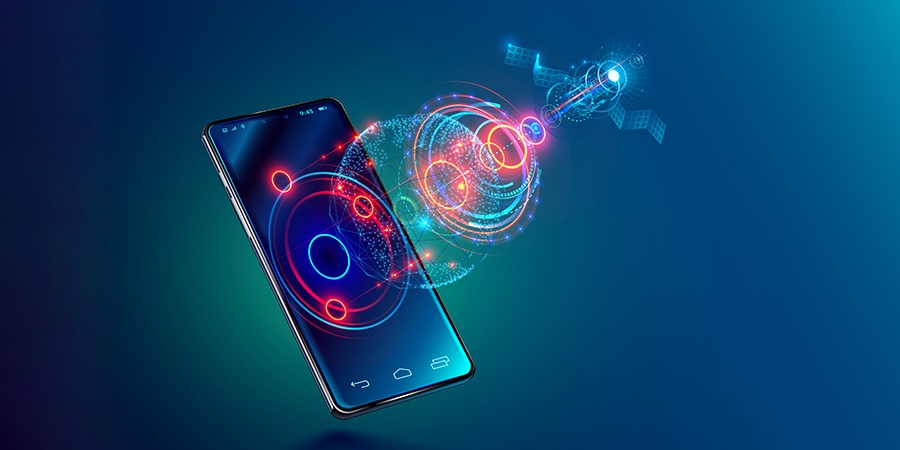New technologies in smartphones are evolving rapidly, transforming how we use these devices. As of 2025, here are some of the latest and emerging technologies in the smartphone industry:
we are suggest to you best mobiles which is fullfill all below given technalogies.
🔋 1. Graphene Batteries
-
Advantage: Faster charging, higher capacity, less heat.
-
Status: Still in development for mainstream devices but expected to replace lithium-ion batteries in the near future.
📶 2. 5G Advanced & 6G (Early Stage)
-
5G Advanced: Improved speeds, lower latency, more reliable connectivity.
-
6G (Prototype Phase): Predicted to launch commercially by 2030 but research and early testing are ongoing.
🧠 3. AI-Driven Features
-
On-device AI processing (like Apple's Neural Engine or Google's Tensor G3).
-
Used for real-time translation, camera enhancements, predictive typing, and power management.
🖼️ 4. Under-Display Technology
-
Under-Display Cameras: Allow true full-screen displays.
-
Under-Display Fingerprint Sensors: Faster and more secure than earlier versions.
🔁 5. Foldable & Rollable Displays
-
Phones like Samsung Galaxy Z Fold and Motorola Rollable prototypes showcase flexible screen tech.
-
More durable folding hinges and water resistance are being added.
🎥 6. Computational Photography
-
Uses AI and multiple sensors to improve image quality.
-
Features like periscope zoom, night mode, and depth mapping are becoming standard.
🧊 7. Advanced Cooling Systems
-
Vapor chambers and graphene cooling help manage heat during gaming or 4K video recording.
🧲 8. Satellite Connectivity
-
Used for emergency texting and calling in no-network zones (seen in iPhone 14/15, expanding to Android).
🔈 9. Spatial Audio & Advanced Haptics
-
More immersive audio experiences with head-tracking.
-
Improved haptic feedback for gaming and accessibility.
🧬 10. Biometric Advancements
-
Facial recognition with depth sensors.
-
Multi-fingerprint authentication.
-
Iris scanning in niche/high-security devices.
For mor health related tips click on below link:
गर्भावस्था में स्वास्थ्य लिए जरूरी सुझाव
Skin Care बच्चों की इम्यूनिटी कैसे बढ़ाएं?
Nutrition 1 महीने में पेट की चर्बी कैसे घटाएं?

Post a Comment